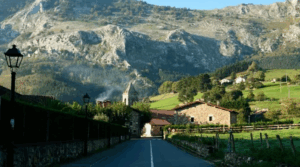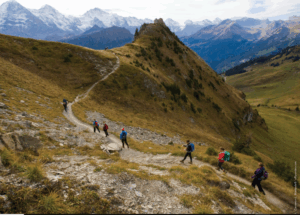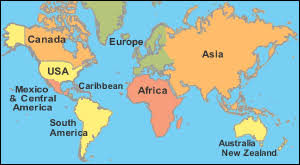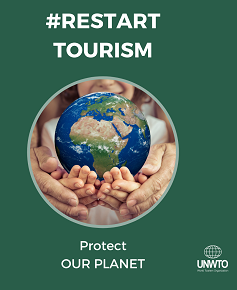Hard lessons-Nepal Tourism
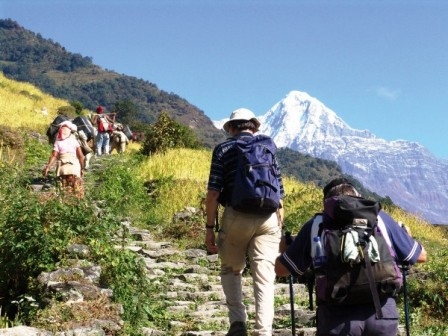
By Hari Man Lama
Tourism in Nepal is influenced by both internal and external factors. What happens inside the country corresponds to, either positively or negatively, to the happenings in the outside world. This is the reason the recent global financial crisis as well as the Asian financial crisis in the late 1990s had such an adverse impact on global tourism, and by extension, on Nepali tourism.
There is no doubt that the political instability of the early 1990s followed by the decade-long insurgency hampered Nepal’s tourism prospects. It was only after the signing of the Comprehensive Peace Agreement in November 2006 that tourist numbers started to climb again. The recent announcement of the US government, that it would amend its travel advisory to re-categorize Nepal a ‘safe destination’, will certainly have a positive impact on Nepali tourism.
The arrival of tourists from the world’s leading economies will have multiple bearing on Nepal. Not only they will visit different places of Nepal and spend their money and thus help the local economies, their interaction with people from different stata of Nepali society will bring Nepalis face to face with the people across the globe, which in turn will help the exchange of ideas and expertise. Moreover, the tourists who have had a good time in Nepal will act as unofficial ambassadors for Nepal upon their return home.
World-renowned travel magazines have recognized Nepal as one of the havens for adventure tourism. The US travel advisory notice appeared at the time Nepal Tourism Year 2011 was coming to an end and the government had just announced 2012 as the Visit Lumbini Year. Now, in order to meet the country’s great promise, time has come for us to promote country’s tourism by enhancing our infrastructure, and working in close partnership with all tourism stakeholders.
Nepal was making a slow but steady progress from 1970s onwards in bringing in tourists from all over the globe, but, like I said, the decade-long conflict badly interrupted the normal course. It not only deterred many tourists, but also scared away potential investors. In this backdrop, the declaration of 2011 as Nepal Tourism Year was undoubtedly done with all the good intention, but sadly the preparations to meet the stated goals fell woefully short.
We should learn from limited success of NTY 2011 and derive important lessons to make Visit Lumbini Year 2011 a rousing success.
As things stand now, the Nepal Tourism Year (NTY) has failed to meet its target of bringing in a million tourists in 2011. Lack of required infrastructure such hotels, lodges and motels to accommodate paying guests, inadequate air services (both international and domestic), inefficient airport management, ‘bandhas’ and strikes often called by different political parties and their affiliated organisations, lack of promotional activities in foreign countries (especially in those that send the largest numbers of visitors to Nepal), compounded by insufficient diplomatic maneuvers abroad, among many other reasons, contributed to the lackluster performance of NTY 2011. But if we look at the brighter side, we can safely conclude that NTY was not just an isolated event but start of a process to get serious about promoting Nepal’s tourism. From that yardstick, NTY will be remembered as a landmark event.
The declaration of 2012 as the Visit Lumbini Year may not necessarily have been made to compensate for NTY’s underachievement, as some cynics have held. But the limited success (or failure) of NTY will, no doubt, have some bearing on Visit Lumbini Year. Similarly, the experience of NTY will also allow the government and private sector to learn from their past mistakes and plan accordingly for Visit Lumbini Year 2012.
But Visit Lumbini Year 2012 has also been announced without proper groundwork, in that there has been little participation of relevant stakeholders. Some analysts are even suggesting the 2012 event is being held more to serve political purposes than with genuine desire to promote Nepal by promoting Buddhist culture and religion, with emphasize world peace and brotherhood for humanity.
A protest rally was also organised in Kathmandu recently demanding that the management board of the Visit Lumbini Year 2012 campaign also contain representatives well-versed in Buddhist philosophy rather limiting the participation only to political representatives. It is important that the government understands that only a campaign with representation from different stakeholders can succeed in its stated goals, as has been made amply clear by our experience of NTY.
In order to remove the problems witnessed in the past, it is important that commercial banks and other financial institutions are persuaded to invest in developing tourism infrastructure and facilities like new international and domestic airports, hotels, lodges and amusement parks. The government must also work to remove the bottlenecks in international and domestic air services.
Strengthening Nepal Airlines Corporation’s managerial and physical capacity by acquiring more aircraft and improving airport management capacities will be vital to carry in more tourists from around the globe. All of us must work together to make Visit Lumbini Year 2012 a rousing success and thereby boost the national economy.
The author is a tourism entrepreneur and Secretary General of the Society of Adventure Tour Operators- SATO Nepal ( Courtesy: Republica)

